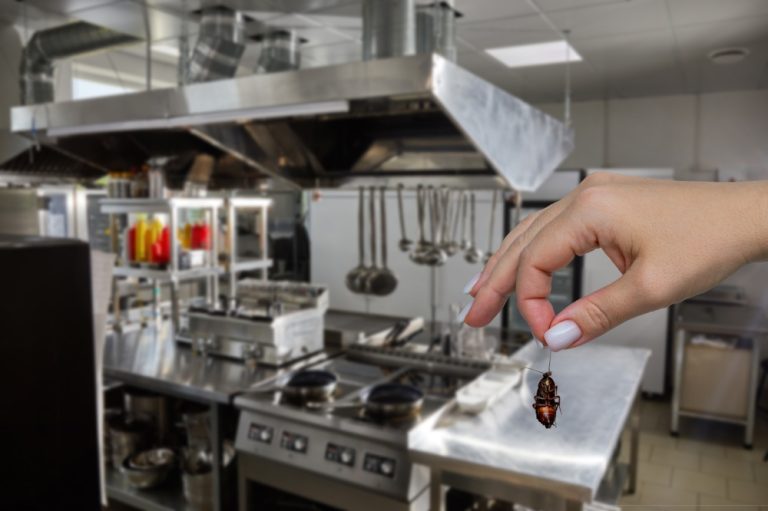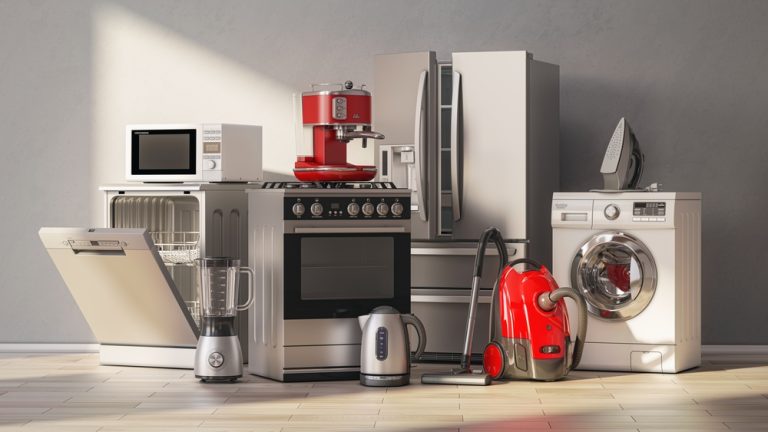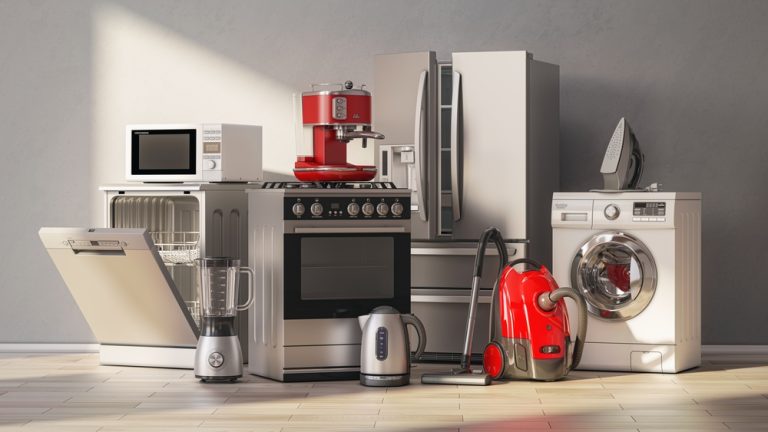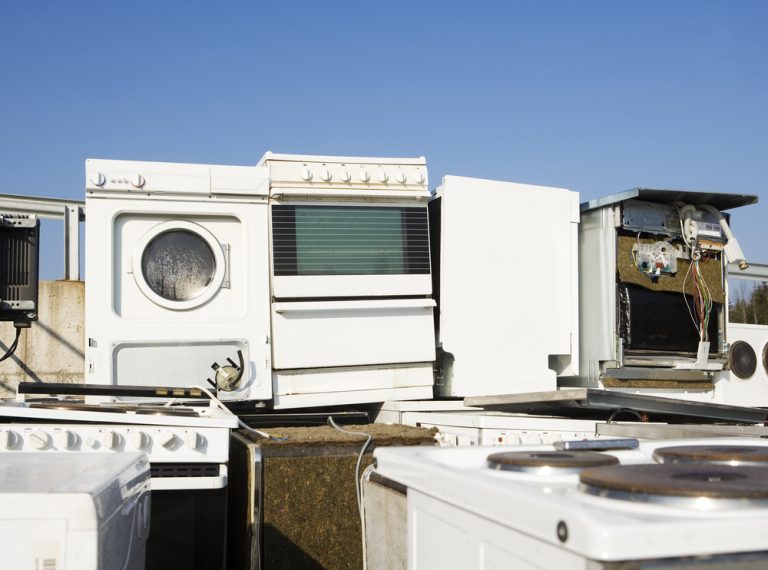Do Kitchen Appliances Have to Match?
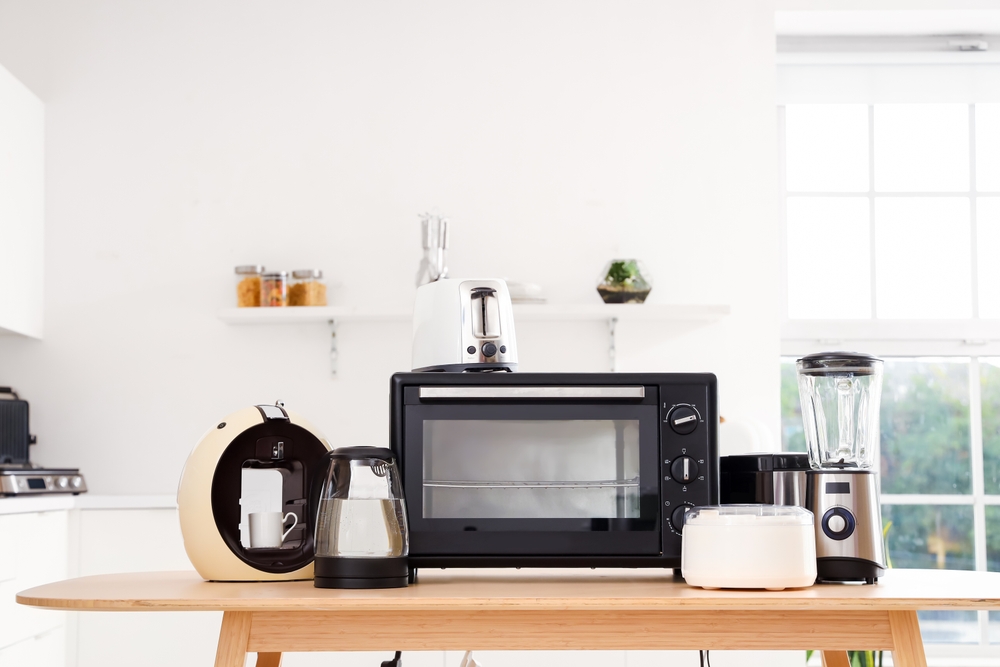
When designing or upgrading a kitchen, many homeowners wonder, do kitchen appliances have to match? With so many choices available—stainless steel, black, white, matte, or even colorful appliances—the decision can feel overwhelming. While matching appliances might seem like a traditional and uniform approach, modern kitchen design offers more flexibility.
In this blog, we’ll discuss whether kitchen appliances need to match, explore the advantages and disadvantages of matching or mixing appliance finishes, and offer design tips for creating a cohesive and functional kitchen, even with diverse appliance choices.
The Case for Matching Kitchen Appliances
For decades, matching kitchen appliances was the standard in most homes. Coordinating colors, finishes, and styles provided a consistent, streamlined look. There are several reasons why homeowners may still prefer to match their kitchen appliances.
A Uniform Aesthetic
One of the most compelling arguments for matching appliances is the uniformity they bring to a kitchen. When all of the appliances are the same color or finish, the kitchen feels cohesive and visually balanced. Whether you prefer stainless steel, white, or black finishes, sticking to a consistent palette can make the kitchen feel polished and well-organized.
Increased Resale Appeal
If you’re thinking of selling your home in the future, a kitchen with matching appliances may appeal to potential buyers. Many homebuyers favor kitchens that feel “put together,” and matching appliances can give the impression of a well-maintained space. A cohesive look can also signal that the homeowner has invested in quality and care.
Ease of Shopping
For some, the convenience of buying matching appliances simplifies the shopping process. Many brands offer complete kitchen packages with matching refrigerators, stoves, dishwashers, and microwaves, often at a discounted price. This approach allows homeowners to easily outfit their entire kitchen with one cohesive style.
Also Read – Are Kitchen Appliances Tax Deductible?
Mixing and Matching Kitchen Appliances: Is It a Design Faux Pas?
While matching appliances offer a clean, consistent look, the question remains: do kitchen appliances have to match? The answer, increasingly, is no. Mixing and matching appliances has become a popular trend in modern kitchen design, as homeowners seek more unique and personalized spaces.
A More Custom, Eclectic Look
Mixing appliance finishes, such as pairing a stainless steel refrigerator with a matte black stove or a bold, colorful range, creates visual interest. This approach works especially well in kitchens designed with a more eclectic or modern aesthetic. As long as the finishes and colors complement the overall kitchen design, a mixture of appliances can add personality and uniqueness.
Flexibility in Upgrades and Replacements
Another practical advantage of not matching appliances is flexibility. If one appliance breaks down or becomes outdated, you won’t feel pressured to replace all of your appliances just to maintain consistency. This allows for budget-friendly upgrades over time, choosing the best appliance for your current needs without worrying about whether it will match the rest of the kitchen.
Highlighting Statement Pieces
Some homeowners prefer to highlight specific appliances, such as a statement range or refrigerator. For example, in a mostly neutral kitchen, a colorful or retro-style range can act as a focal point, creating visual interest and serving as a conversation starter. By allowing one appliance to stand out, you can give your kitchen a more dynamic, designer-inspired look.
How to Mix and Match Kitchen Appliances the Right Way?
If you decide to mix and match your kitchen appliances, it’s important to do so thoughtfully. A well-designed kitchen is about balance, and even if your appliances don’t match perfectly, you can still create a cohesive and aesthetically pleasing space. Here’s how to achieve a harmonious look:
Stick to a Common Theme
Even if your appliances don’t match perfectly, maintaining a common design theme can tie the space together. For example, if your appliances come from different brands or have different finishes, look for other ways to create unity. This could involve choosing appliances with similar shapes, handles, or digital displays. A sleek, modern refrigerator can pair nicely with a stove that has clean lines and minimalist knobs.
Consider Neutral Finishes
If you’re concerned about creating a disjointed look, choosing neutral appliance finishes can help maintain a sense of cohesiveness. Stainless steel and black appliances, for example, pair well together because they are both neutral, understated finishes. Even mixing matte and glossy black finishes can work, as long as they fit the overall kitchen aesthetic.
Use Cabinetry to Create Balance
Your cabinetry can play a significant role in tying together mismatched appliances. Dark or light cabinetry, for instance, can help blend black or stainless steel appliances into the overall design. If your kitchen has custom cabinetry, you might even consider integrating your appliances into the cabinets themselves, such as installing a panel-ready refrigerator or dishwasher that matches the surrounding cabinetry.
Focus on a Focal Point
If you’re mixing appliance finishes, it can be helpful to focus on one appliance as the kitchen’s focal point. Whether it’s a bold-colored range, a retro-style fridge, or a modern stainless steel oven, design your kitchen in a way that allows one piece to stand out, while the others complement it.
The Role of Appliance Color in Kitchen Design
When considering the question, do kitchen appliances have to match, it’s essential to think about the overall color palette of your kitchen. The finish and color of your appliances should complement the rest of your kitchen design.
Stainless Steel
Still one of the most popular finishes for kitchen appliances, stainless steel offers a sleek, modern, and neutral aesthetic. It pairs well with virtually any kitchen style, from traditional to contemporary, and can be mixed with other finishes like black, white, or even colored appliances.
White Appliances
White kitchen appliances have seen a resurgence in recent years, with many homeowners opting for their clean, bright look. White appliances work well in modern and farmhouse-style kitchens, providing a crisp and classic feel. When paired with darker cabinetry or bold countertops, white appliances can create a visually striking contrast.
Black Appliances
Black appliances, whether glossy or matte, lend sophistication and elegance to a kitchen. Matte black appliances, in particular, are becoming increasingly popular due to their modern, refined aesthetic. Black appliances pair well with white or gray cabinetry and can also work with wood tones for a more rustic or industrial look.
Colored Appliances
Bold, colorful appliances are making waves in kitchen design, especially in homes that embrace a more retro or eclectic style. From deep red ranges to pastel refrigerators, colored appliances can serve as the focal point of the kitchen. If you choose colored appliances, be sure to balance them with neutral or complementary finishes to avoid overwhelming the space.
Conclusion
So, do kitchen appliances have to match? The short answer is no. While matching appliances offer a classic, uniform look that appeals to many homeowners, modern kitchen design trends increasingly favor mixing and matching finishes to create a more custom, eclectic space. Ultimately, the decision comes down to personal preference and the style you want to achieve in your kitchen.
Whether you prefer the polished look of matching appliances or the unique appeal of mixing finishes, a well-planned kitchen design will ensure that your space feels cohesive and functional.

